In the ever-evolving world of nutrition, the ketogenic diet has captured the spotlight for its promise of rapid weight loss and improved mental clarity. Traditionally centered around high-fat, moderate-protein, and ultra-low-carb intake, the keto lifestyle often features meats and animal products as staples—posing a unique challenge for those who follow a vegetarian diet. But is it truly impossible to combine these seemingly opposing worlds? In this article, we explore the intriguing question: Can vegetarians embrace the keto diet without compromising their principles or health? Join us as we unravel the possibilities, pitfalls, and practical tips for navigating a vegetarian keto journey.
Understanding the Basics of a Ketogenic Diet for Vegetarians
Embracing a ketogenic lifestyle while maintaining vegetarian principles is a dynamic balancing act that requires thoughtful planning. The essence of this diet lies in significantly reducing carbohydrate intake and increasing healthy fat consumption to shift the body into a state of ketosis. For vegetarians, this transformation means prioritizing plant-based fats and moderate protein sources without relying on meat. Key players in this diet include avocados, nuts, seeds, and oils—these nutrient-dense foods serve as the foundation for energy and satiety.
To navigate this unique dietary path, it’s crucial to understand what plant-based foods best support ketosis. Here are some essential components for a vegetarian keto meal plan:
- Low-Carb Vegetables: Spinach, kale, zucchini, and cauliflower provide fiber and micronutrients.
- Healthy Fats: Coconut oil, olive oil, and nut butters help sustain energy levels.
- Protein Sources: Eggs, cheese, tofu, and tempeh offer necessary amino acids.
| Food Group | Typical Keto Carb Limit (g/serving) | Vegetarian Options |
|---|---|---|
| Vegetables | 5-7 | Broccoli, Spinach, Zucchini |
| Fats | 0-2 | Avocado, Olive Oil, Coconut Oil |
| Proteins | 1-3 | Eggs, Tofu, Paneer |
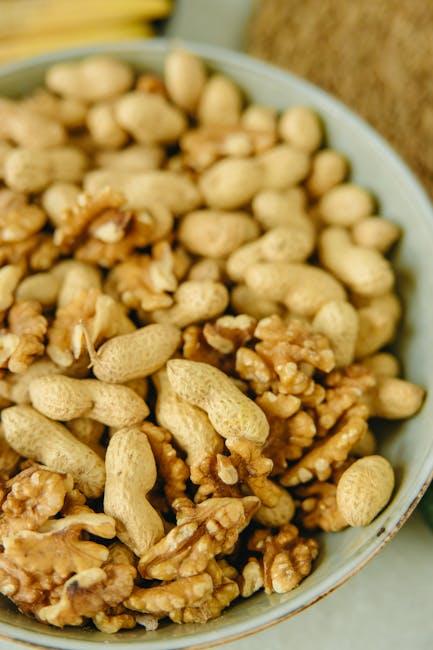
Plant-Based Protein Sources That Keep You in Ketosis
Maintaining adequate protein intake on a vegetarian keto diet requires a strategic selection of plant-based sources that are both low in carbs and rich in healthy fats. Fortunately, there’s a vibrant variety of options that can seamlessly fit into your meal plan while keeping your body in ketosis. Nuts and seeds — like almonds, chia, flax, and hemp seeds — offer a potent mix of protein, fiber, and omega-3 fatty acids. Combining these with high-fat dairy alternatives such as unsweetened coconut yogurt or almond milk helps balance macro needs without tipping the carb scale.
In addition to nuts and seeds, certain legumes and plant proteins rise to the occasion, especially when consumed in moderation. Here’s a quick snapshot of some top contenders along with their macro profiles:
| Protein Source | Net Carbs (per 100g) | Protein (per 100g) | Fat (per 100g) |
|---|---|---|---|
| Hemp Seeds | 1.4g | 31g | 49g |
| Chia Seeds | 2g | 17g | 31g |
| Tofu (firm) | 1.9g | 15g | 9g |
| Almonds | 9g | 21g | 50g |
| Peanut Butter (unsweetened) | 7g | 25g | 50g |
- Seitan: A wheat gluten protein powerhouse, low in carbs but incompatible for gluten-sensitive individuals.
- Tempeh: A fermented soy product rich in protein and beneficial probiotics, great for gut health.
- Nut Butters: Ideal for quick snacks, providing fats and protein, but watch out for hidden sugars.
Strategically incorporating these sources throughout the day can help sustain energy levels and muscle maintenance, all while ensuring you don’t inadvertently kick yourself out of ketosis. Experimentation with different textures and flavors also keeps the diet interesting and easier to maintain over the long term.

Balancing Macros: Navigating Carbs Fats and Proteins on a Veg Keto Plan
Mastering the balance between carbs, fats, and proteins on a vegetarian keto journey calls for a strategic approach, especially when plant-based sources often come loaded with carbohydrates. The key lies in prioritizing low-carb vegetables and supplementing with high-quality fats such as avocado, coconut oil, and nuts. Since typical vegetarian protein options like legumes carry higher carbs, exploring alternatives like tofu, tempeh, seitan, and certain dairy products can provide the necessary amino acids without tipping the carb scale. This intricate dance requires conscious meal planning and awareness of how each nutrient impacts ketosis.
To help you visualize your macro targets, here is a simple framework highlighting the ideal contributions of each macro on a vegetarian keto plate:
| Macro | Target Percentage | Primary Sources |
|---|---|---|
| Fats | 70-75% | Avocado, olive oil, nuts, seeds, coconut |
| Proteins | 20-25% | Tofu, tempeh, paneer, eggs, Greek yogurt |
| Carbs | 5-10% | Leafy greens, zucchini, cauliflower, mushrooms |
Focusing on nutrient density rather than just macro numbers will enhance satiety and support overall health. Integrate organic, fresh produce when possible, and consider supplementing with B12, iron, and omega-3s to cover vegetarian keto’s unique nutritional gaps. The ultimate success rests on smart ingredient swaps and staying hydrated while enjoying vibrant, flavorful meals that nourish both body and mind.

Creative and Nutritious Vegetarian Keto Meal Ideas
Balancing creativity and nutrition on a vegetarian keto diet doesn’t have to be challenging. By embracing a variety of plant-based fats and proteins, you can craft meals that are both satisfying and aligned with your dietary goals. Think beyond the usual salads—incorporate hearty ingredients like avocados, olives, and nut butters to add richness, while using tofu, tempeh, and hemp seeds to fulfill your protein needs without compromising ketosis.
Experimenting with these ingredients opens up a world of tasty and interesting dishes. Here are some fresh ideas to inspire your keto journey:
- Zucchini Noodles with Pesto and Sun-Dried Tomatoes – low in carbs, full of flavor, and packed with healthy fats.
- Cauliflower Rice Stir-fried with Mushrooms and Sesame Seeds – a comforting dish loaded with fiber and essential nutrients.
- Stuffed Bell Peppers with Cheese, Spinach, and Walnuts – a perfect blend of creamy and crunchy textures.
| Dish | Main Ingredients | Net Carbs (per serving) |
|---|---|---|
| Zucchini Pesto Noodles | Zucchini, Basil, Pine Nuts, Olive Oil | 6g |
| Cauliflower Mushroom Stir-fry | Cauliflower, Mushrooms, Sesame Seeds, Soy Sauce | 5g |
| Stuffed Bell Peppers | Bell Peppers, Spinach, Cheese, Walnuts | 7g |

Common Challenges and Practical Tips for Staying on Track
Adapting a keto lifestyle as a vegetarian comes with its own set of hurdles. One of the biggest challenges is finding adequate protein sources that fit within low-carb limits while still providing essential amino acids. Many traditional vegetarian proteins, like legumes and grains, are high in carbs and thus require careful substitution. Additionally, staying mindful of hidden carbs in processed vegetarian products and sauces can prevent unintentional carb creep, which often undermines ketosis.
To navigate these obstacles effectively, consider keeping a flexible, well-stocked pantry of keto-friendly ingredients such as nuts, seeds, tofu, tempeh, and low-carb vegetables. Planning meals ahead and experimenting with diverse recipes can diversify your nutrient intake and keep boredom at bay. Here’s a quick reference for balancing nutrient goals:
| Macro | Common Vegetarian Sources | Tips |
|---|---|---|
| Protein | Tofu, Tempeh, Nuts, Seeds, Eggs, Cheese | Track portions to avoid excess carbs |
| Fats | Avocado, Olive Oil, Coconut Oil, Butter | Use as primary energy source |
| Carbs | Leafy Greens, Cauliflower, Zucchini | Focus on fiber-rich, low-glycemic veggies |
- Stay consistent with tracking macros to catch hidden carbs.
- Include micronutrient supplements when necessary, such as B12 and iron.
- Experiment with fat-based snacks to maintain energy levels.
Q&A
Q&A: Keto Diet for Vegetarians — Is It Possible?
Q1: Can vegetarians follow a ketogenic diet without eating meat or fish?
A1: Absolutely! While the classic keto diet often highlights meat and fish as protein staples, vegetarians can achieve ketosis by focusing on plant-based fats and proteins like eggs, dairy, nuts, seeds, and low-carb vegetables. The key is balancing macros to keep carbs low and fats high.
Q2: What are the biggest challenges vegetarians face on a keto diet?
A2: The main hurdles are ensuring enough protein without excess carbs and getting sufficient fat without relying on animal products like fatty meats. Many plant-based protein options contain carbs, making it tricky to stay within keto limits. Careful meal planning and creative food choices are essential.
Q3: Which vegetarian foods fit well into a keto lifestyle?
A3: Great options include eggs, cheese, Greek yogurt, tofu, tempeh, avocados, olives, nuts (especially macadamia, walnuts, almonds), seeds (chia, flax, pumpkin), and low-carb veggies like spinach, kale, zucchini, and cauliflower.
Q4: Are there any recommended supplements for vegetarians on keto?
A4: Since keto restricts many carbs, vegetarians might miss out on some micronutrients typically found in grains and fruits. B12 supplementation is often advised, as is monitoring electrolytes like magnesium and potassium to prevent keto flu symptoms.
Q5: Can a vegetarian keto diet be sustainable and healthy long-term?
A5: Yes, but it requires thoughtful planning. Balancing macros, focusing on nutrient-dense whole foods, and possibly consulting a nutritionist can help maintain energy, muscle mass, and overall well-being while staying in ketosis.
Q6: How do vegetarians know if they’ve successfully entered ketosis?
A6: Common signs include increased energy, reduced hunger, and slight breath or urine changes. For precision, ketone testing strips or meters can measure ketone levels in urine or blood, confirming whether the body is primarily burning fat for fuel.
Q7: What’s the bottom line — is a keto diet practical for vegetarians?
A7: It’s definitely possible, but not as straightforward as the traditional keto diet. With creativity, dedication, and awareness, vegetarians can tailor keto principles to fit their lifestyle and dietary ethics, enjoying both health benefits and satisfying meals.
Insights and Conclusions
In the quest for a balanced, health-conscious lifestyle, the keto diet for vegetarians emerges as both a challenge and an opportunity. While it requires careful planning and mindful choices, embracing a plant-based ketogenic approach is far from impossible. With a palette rich in leafy greens, nuts, seeds, and innovative protein sources, vegetarians can indeed navigate the keto path without compromise. Ultimately, the success of this diet lies in personalized experimentation and a thoughtful understanding of one’s nutritional needs — proving that with creativity and commitment, keto and vegetarianism can harmoniously coexist.







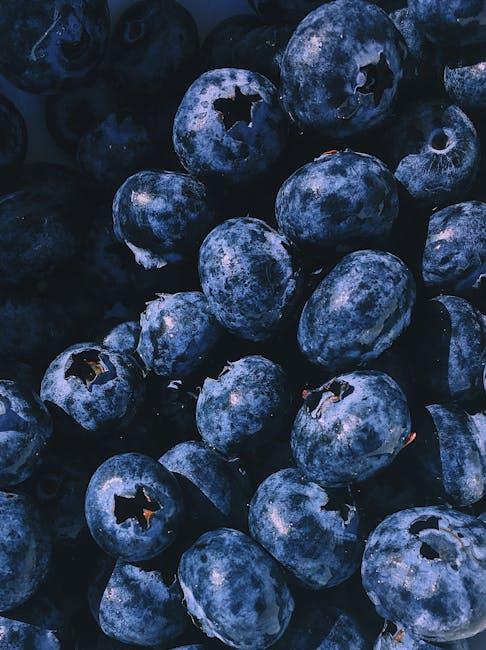

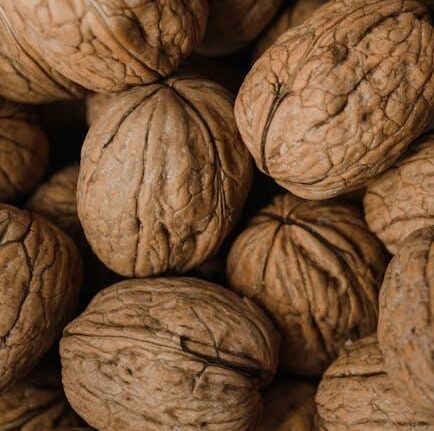
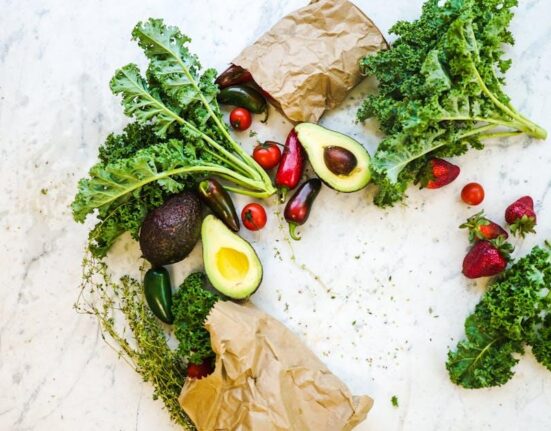
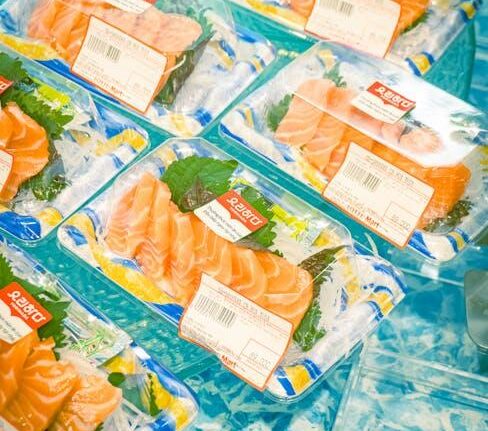


Leave feedback about this